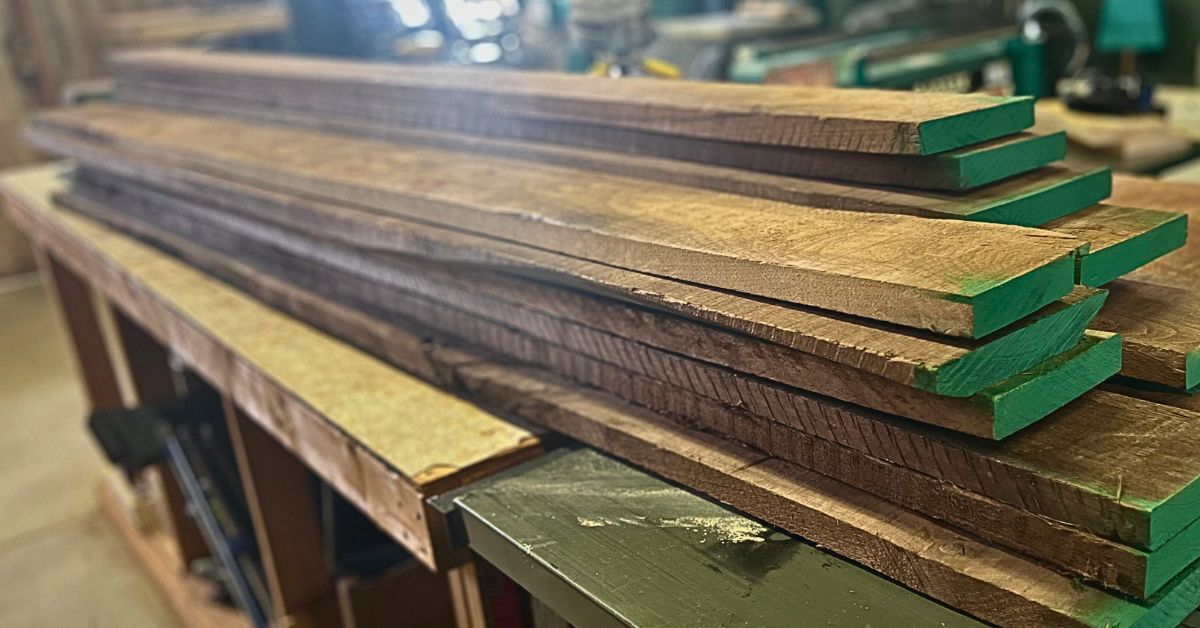Posted by Stephen Head on 28th Sep 2025
Why Walnut Is a Favorite Tonewood for Cajon Players
Why Walnut Is a Favorite Tonewood for Cajon Players
When players ask me why I build so many walnut Cajons, the answer is simple: walnut delivers a sound that feels right in almost any musical setting. The walnut Cajon sound combines warm bass, balanced mids, and crisp slaps without the harshness that some brighter woods bring. For players searching for the best wood for Cajon drums, walnut consistently rises to the top.
Walnut Cajon Tonewood Qualities
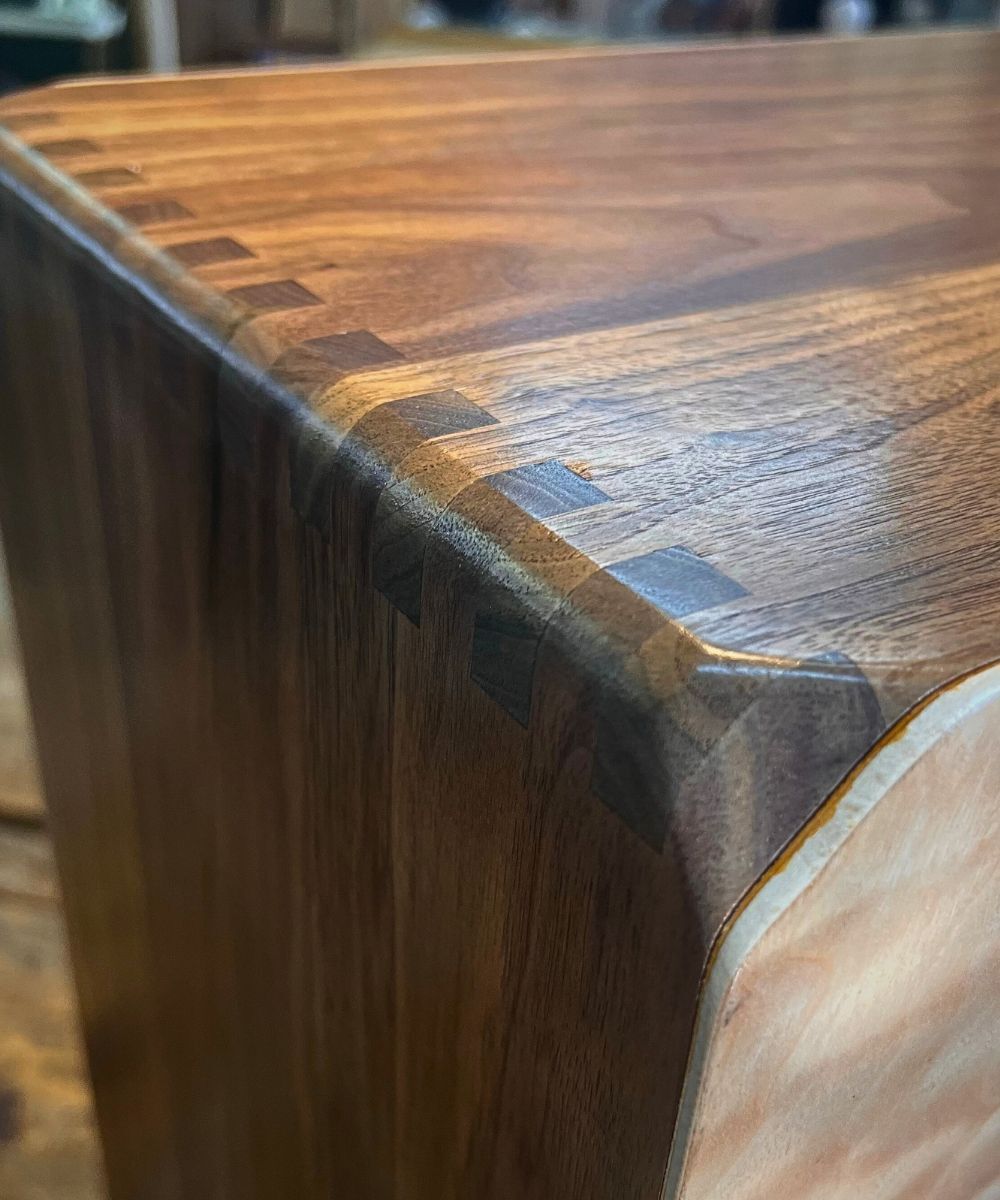
Every wood shapes a Cajon differently, and walnut as a tonewood has its own voice. The low end is full and warm, the midrange has presence without being boxy, and the highs are articulate but controlled. That balance makes walnut adaptable for everything from recording sessions to live acoustic shows. Compared to maple or birch, walnut sits right in the middle—strong fundamentals without excessive brightness. If you’re interested in how another rare tonewood compares, I recently wrote about Hawaiian koa — its history, scarcity, and why it produces such a balanced, musical tone.
Read the koa wood article here.
Building With Walnut
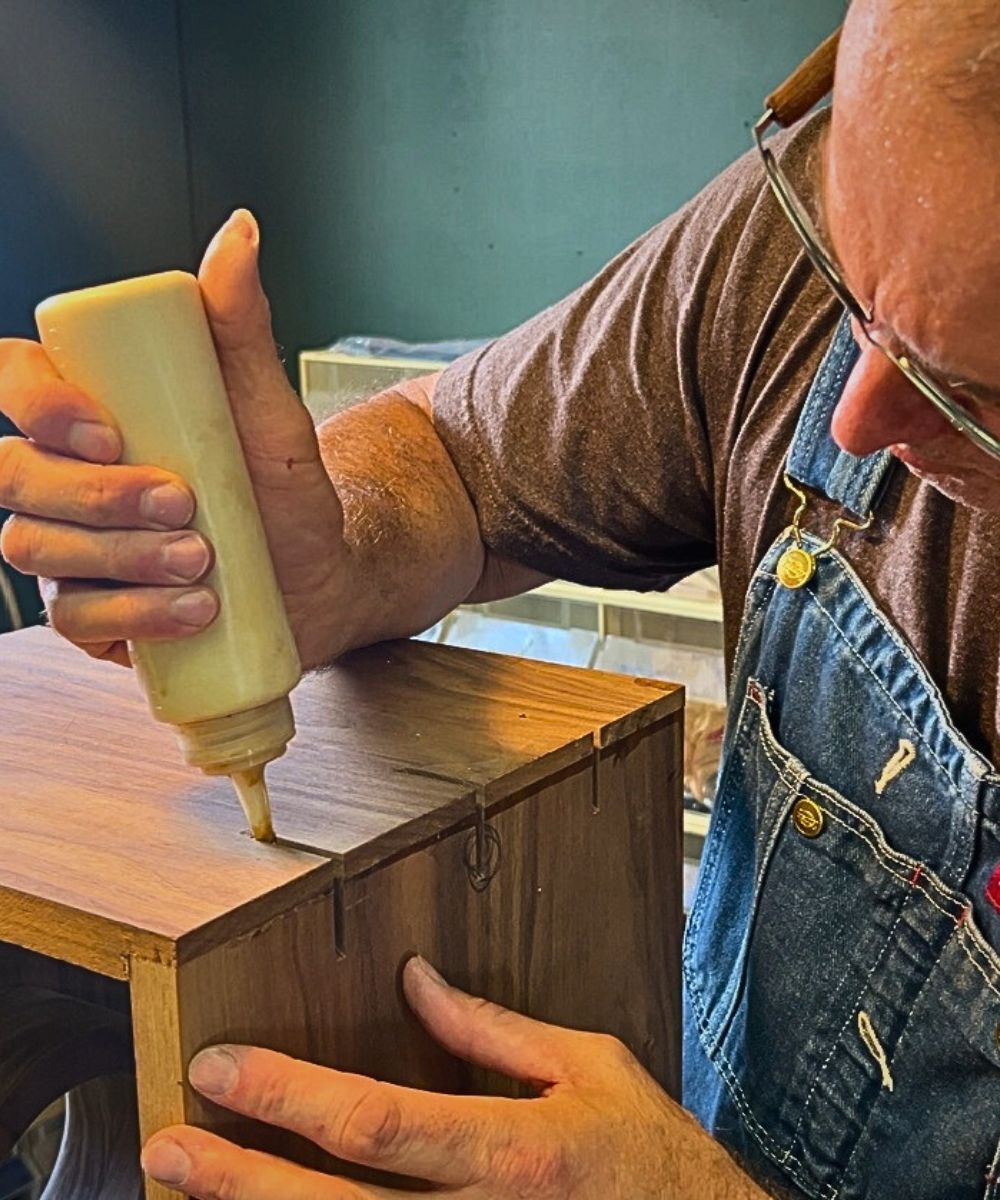
As a builder, I’ve always appreciated how walnut works in the shop. It machines cleanly, glues well, and finishes beautifully. The grain can range from straight chocolate brown to highly figured with curls or streaks. On a handcrafted walnut Cajon, that natural beauty means I rarely use stains—just a clear finish to highlight what’s already there.
Beyond appearance, walnut’s density and stiffness contribute to its voice. It’s rigid enough to project, but not so heavy that it chokes resonance. That’s why luthiers and drum builders alike choose walnut when they want an instrument that sings clearly and plays dynamically.
Real Examples of Walnut Cajons
One recent build that shows walnut’s strengths is my Walnut & Quilted Maple Bass Cajon. Pairing a walnut body with figured maple tapas created a Cajon with deep, resonant bass and crisp slaps—a combination that works beautifully in singer-songwriter sets and worship bands.
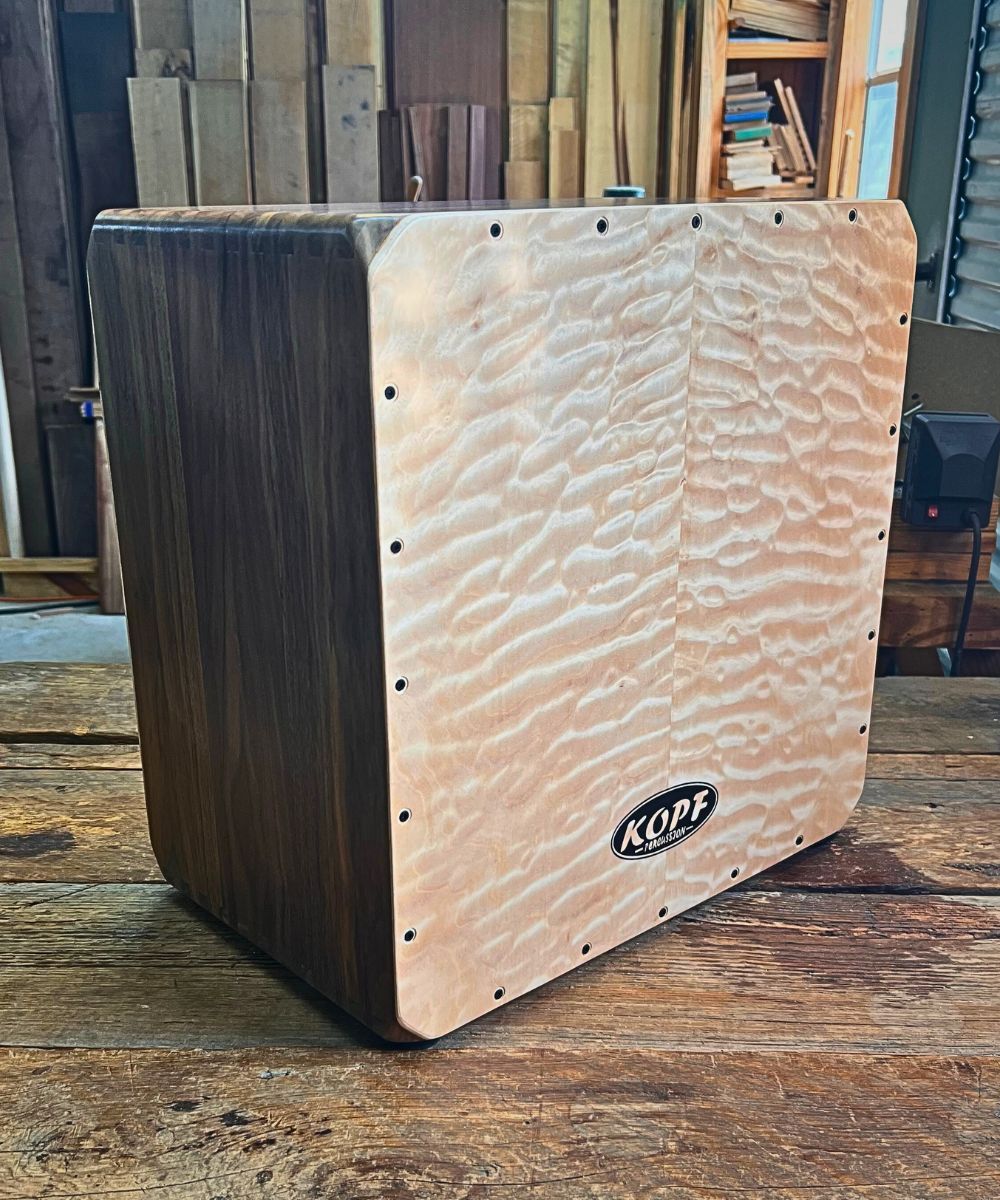
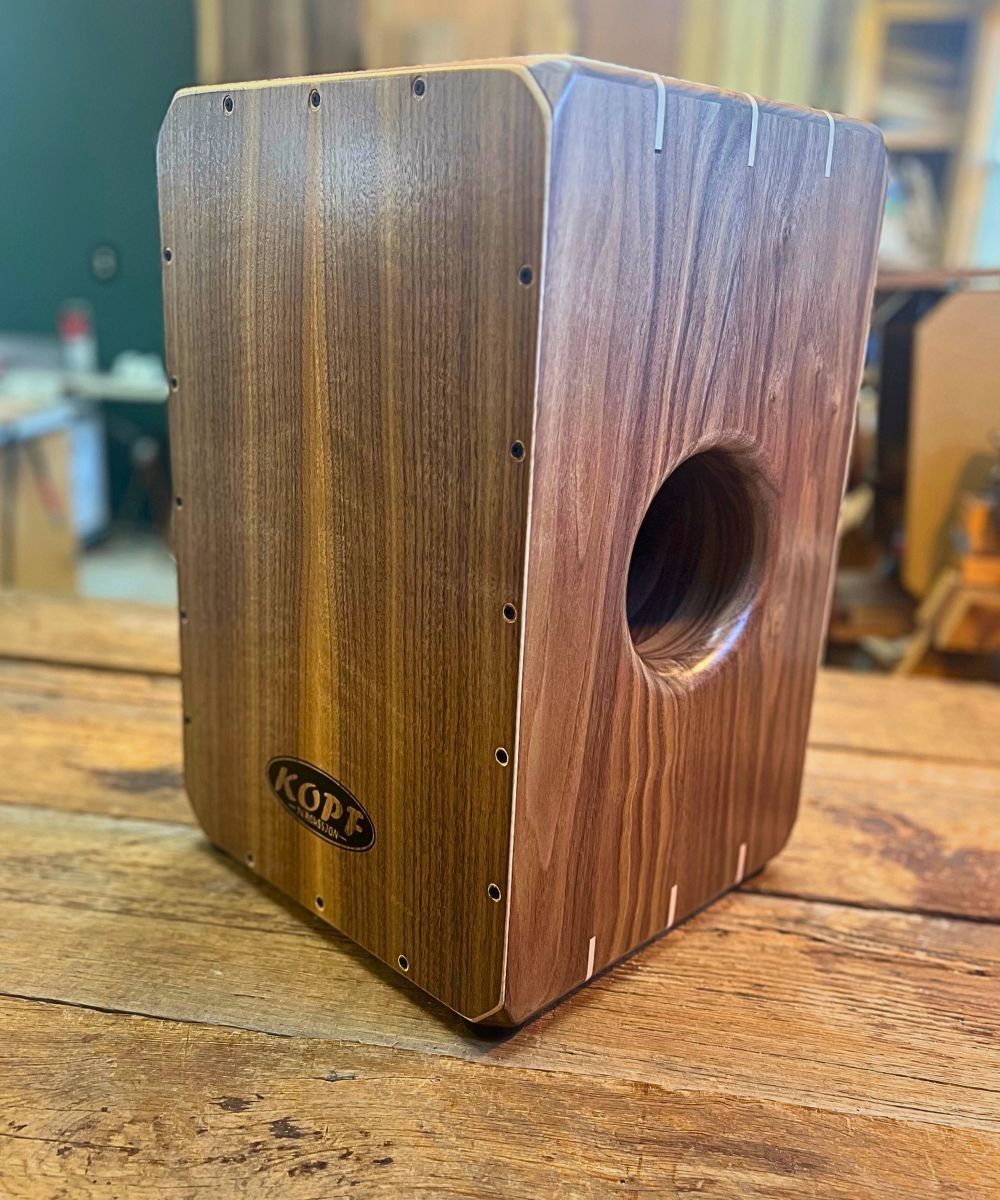
Another example is my Spline Cajon (Limited Series). Built with a solid walnut body and reinforced joinery, it’s a drum that responds to the lightest touch while still delivering strong bass.
For players who want to compare wood options, my American Tonewood Series lineup is a great resource. There you can hear how walnut stacks up against maple, cherry, and other Cajon wood types.
Why Players Choose Walnut Cajons
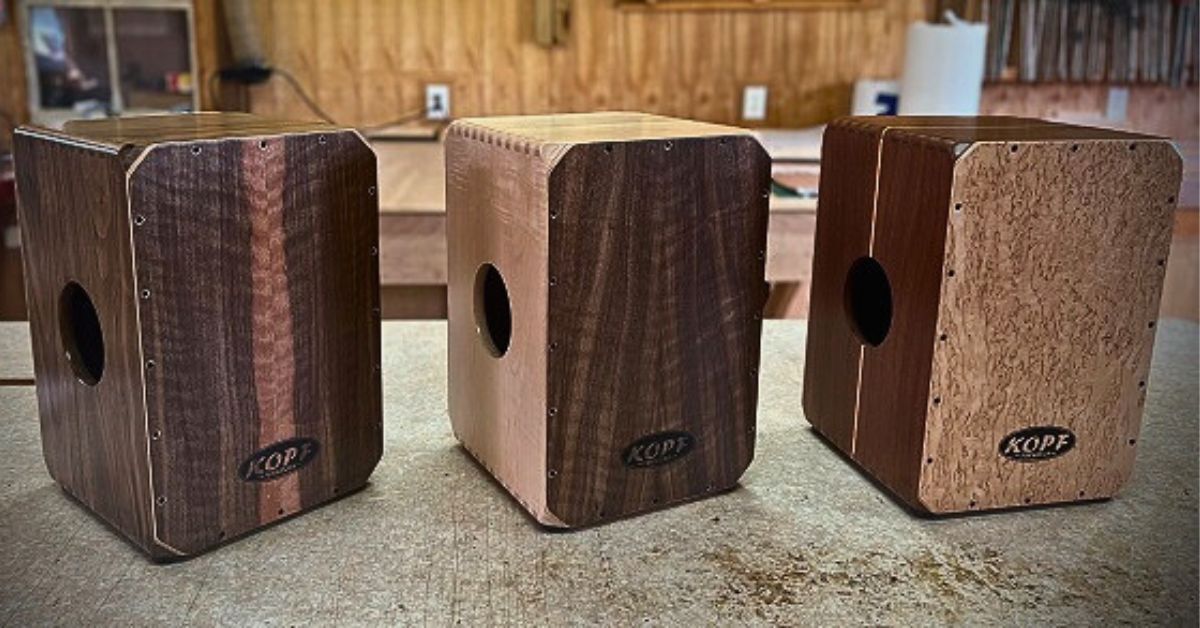
From the player’s seat, walnut is versatile. It records cleanly, thanks to lows that engineers can easily fit into a mix. It performs well because the slaps stay articulate without turning brittle, even when you play aggressively. That makes walnut ideal for acoustic covers, Americana, folk, worship, and stripped-down pop.
If you’re considering your first handmade Cajon or adding another to your collection, walnut is a safe choice that adapts to many styles. Players often describe it as a “do-everything” Cajon because it never boxes you in.
Final Thoughts
I’ve built Cajons from many species, but walnut remains one of my favorites. Its tone is balanced, its beauty is natural, and its feel rewards both subtlety and power. When people ask me the question—what’s the best wood for Cajon?—I often tell them to start with walnut. Play one, and you’ll hear why.


